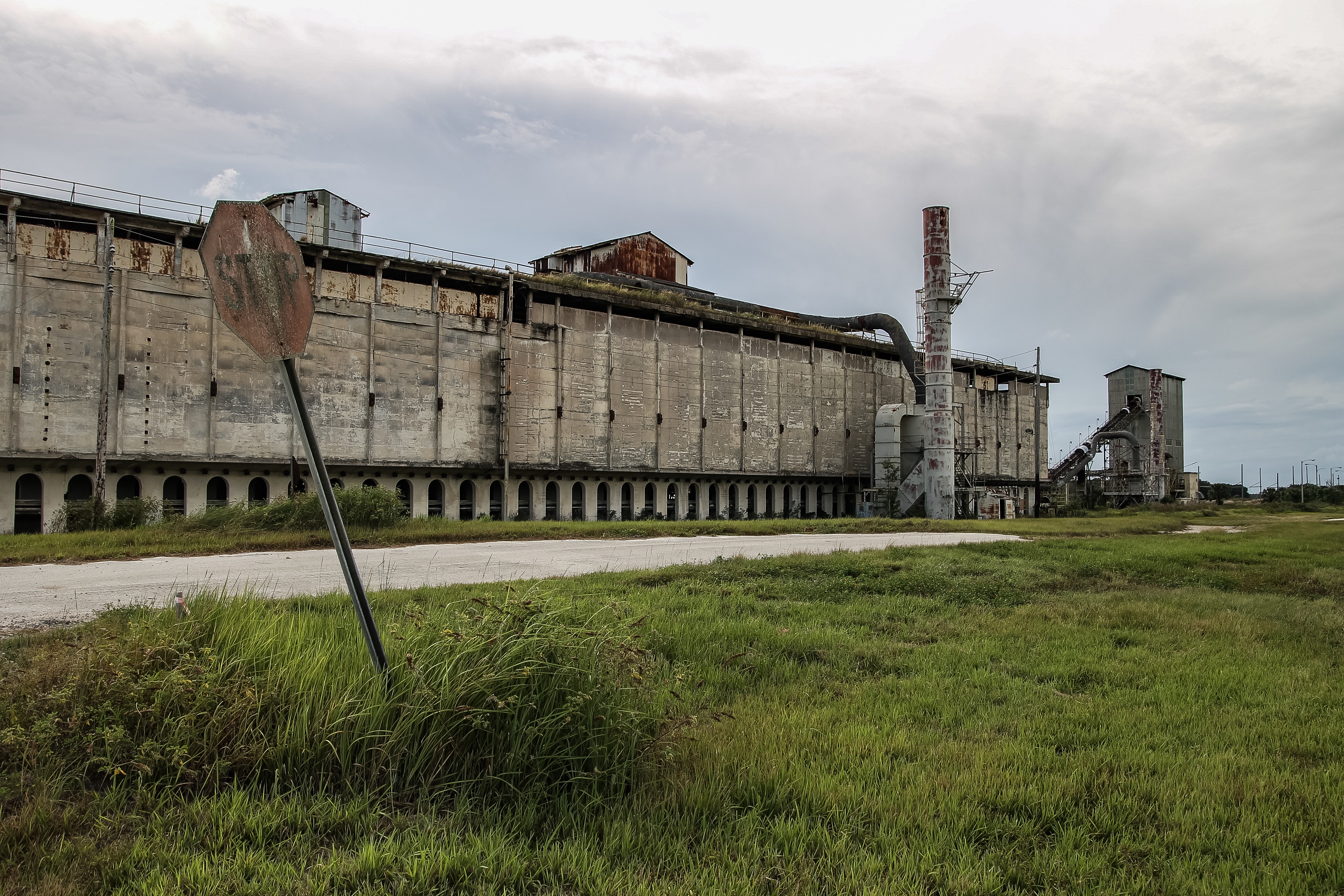
Florida contains the most massive known deposits of phosphate in the United States. The Bone Valley region encompasses portions of present-day Hardee, Hillsborough, Manatee, and Polk counties. This area contains several phosphate processing plants that assist in the production of agricultural fertilizer. Millions of years ago, the Florida coast was believed to be sixty miles further inland. In the late 19th-century, Smithsonian archaeologists discovered significant amounts of fossils in prehistoric sea beds across Central Florida. After the fossil discovery, the region forty miles south of Orlando became known as Bone Valley.


Throughout the early 20th century, the Bone Valley region boomed as a dozen commercial mining companies moved to Florida. Early miners worked by hand, using only a pickaxe and wheelbarrow. It would take miners several years to mine only fifteen acres. By 1910, the process became a bit more streamlined as mechanized steam shovels were capable of doing the work of eighty men. By the 1920s, the area became the main source of phosphate for American farmers. Approximately 75% of the phosphate used by farmers and gardeners across the United States was mined in Florida. Many of the companies also sold and shipped phosphate overseas.

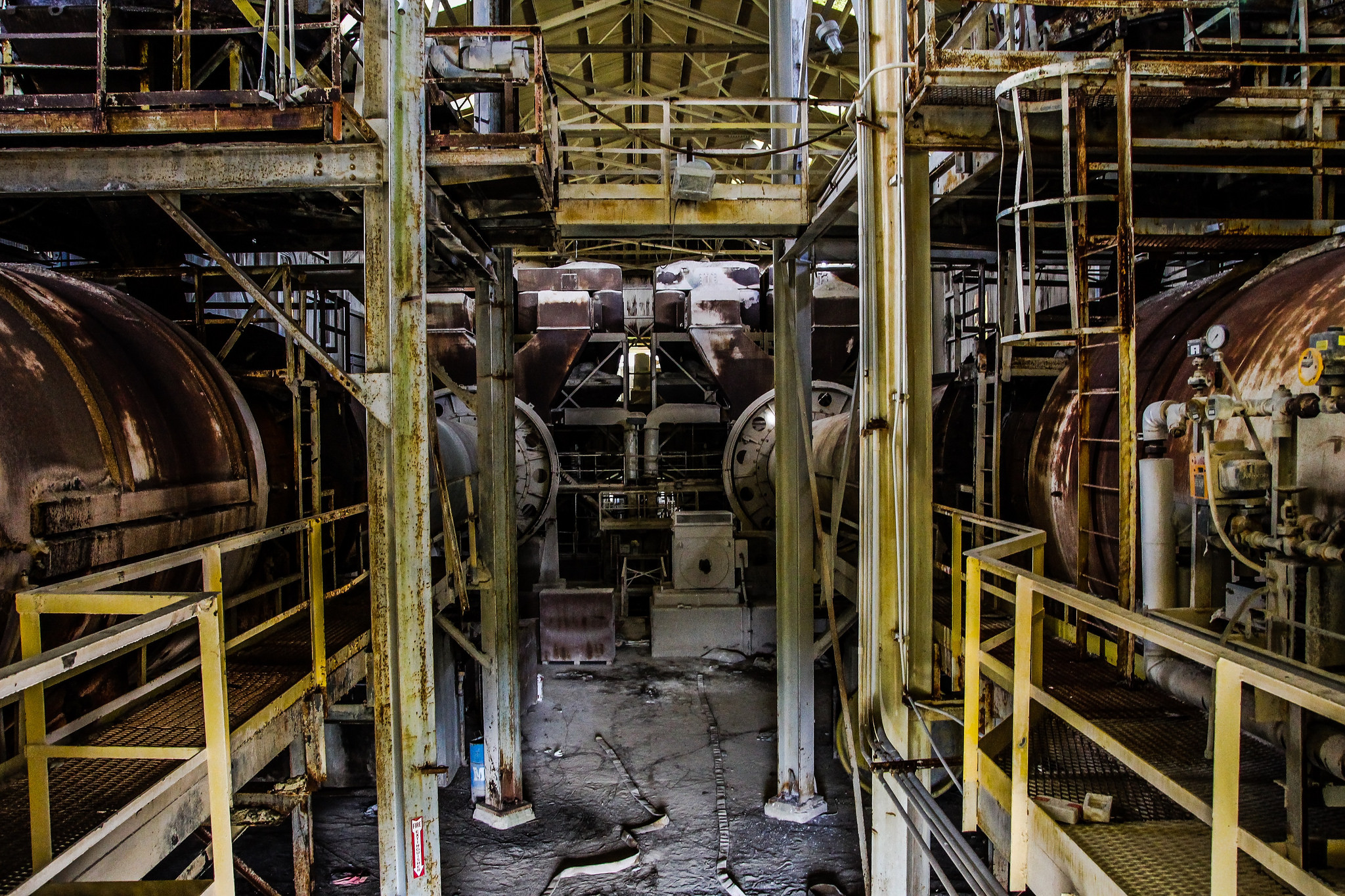
The town of Nichols, Florida was built in 1905 by Virginia-Carolina Chemical Company. They named it after nearby Fort Nichols, which was used in the Seminole War. The community consisted of about 120 houses. At its peak, the town of Nichols had a population of 400. Workers rented housing from their employers with water, electricity, and garbage collection included for a small fee. This accommodation was available to them only until they retired. Some families even shared homes. It was not uncommon for multiple families to share a two-story house. These communities included their general store, hospital, and school. Although the Post Office remains open today, the town was phased out entirely in the 1950s after many families moved to nearby cities for better opportunities.
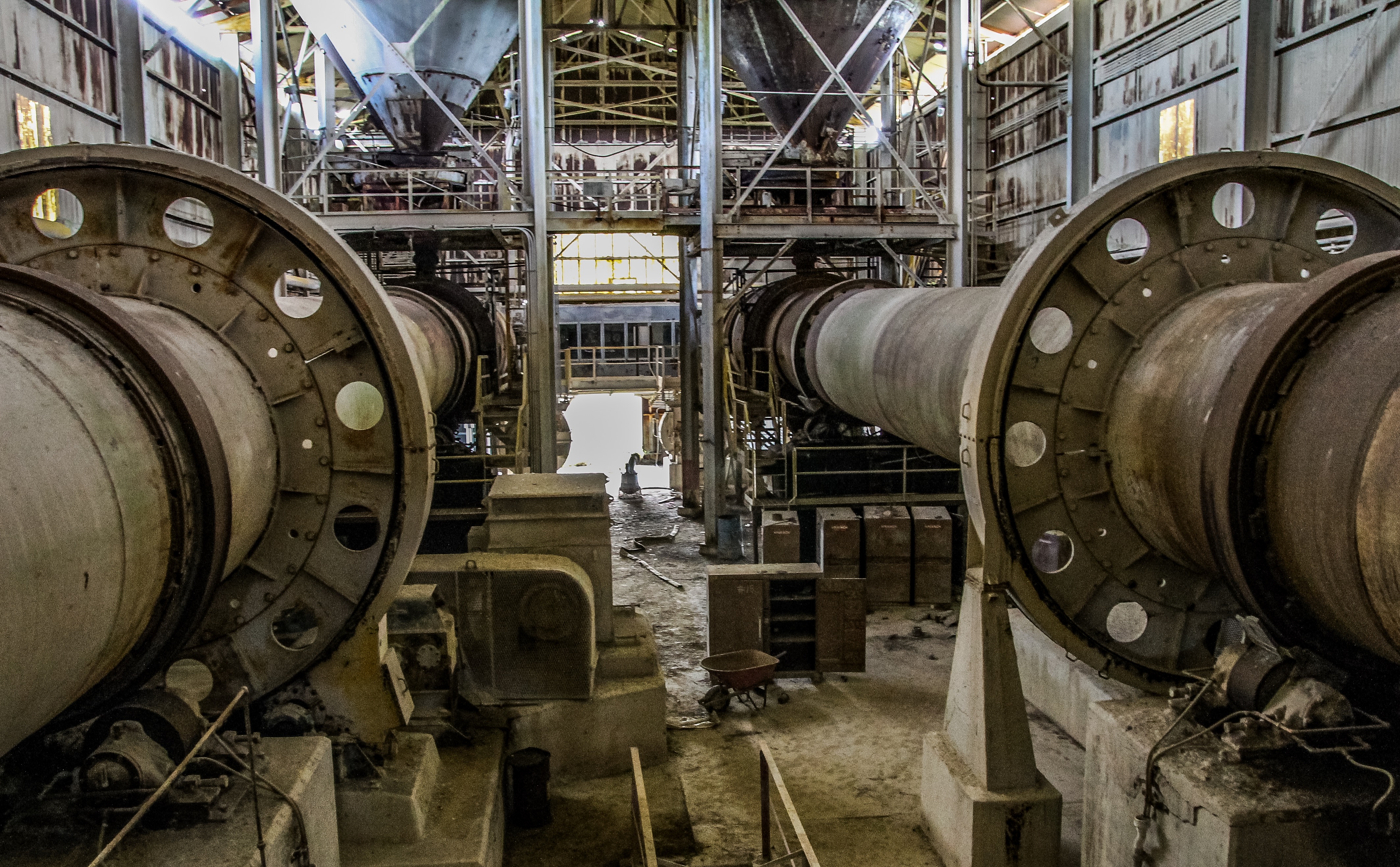
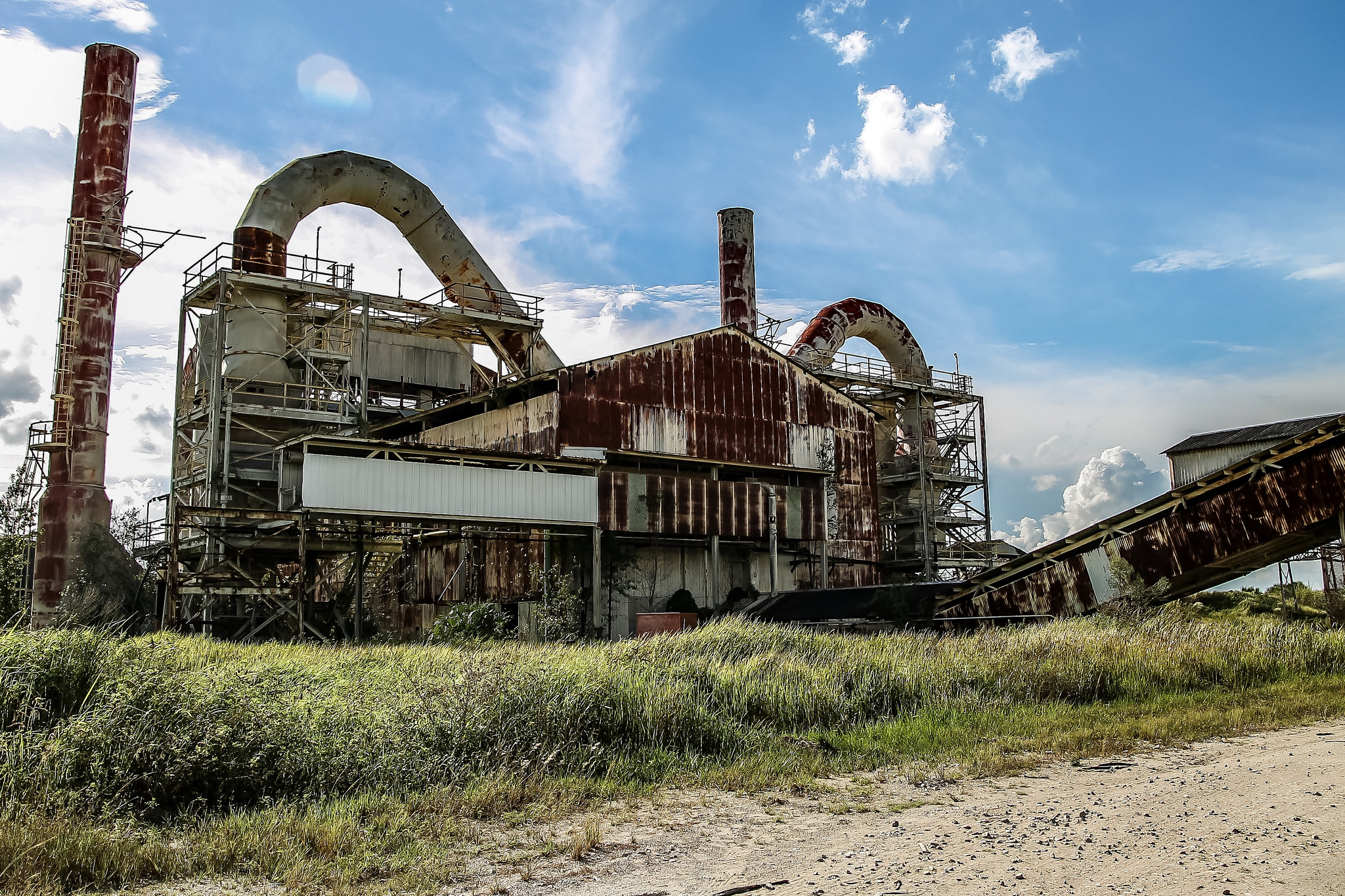
The phosphate matrix is made up of animal bone, sand, and clay. Scientists knew that the phosphate surrounding the fossils make an excellent fertilizer. However, it was not until the 1960s that phosphate fertilizers became chemically-enhanced, which increased crop yields tremendously. Mobil Mining and Mineral Company, a subsidiary of Mobil Oil, purchased three mines across the Bone Valley region, including the Nichols mine. It is believed that Mobil built this phosphate plant shortly thereafter. In 1960, the remaining company-owned housing was sold to employees and relocated to nearby communities.
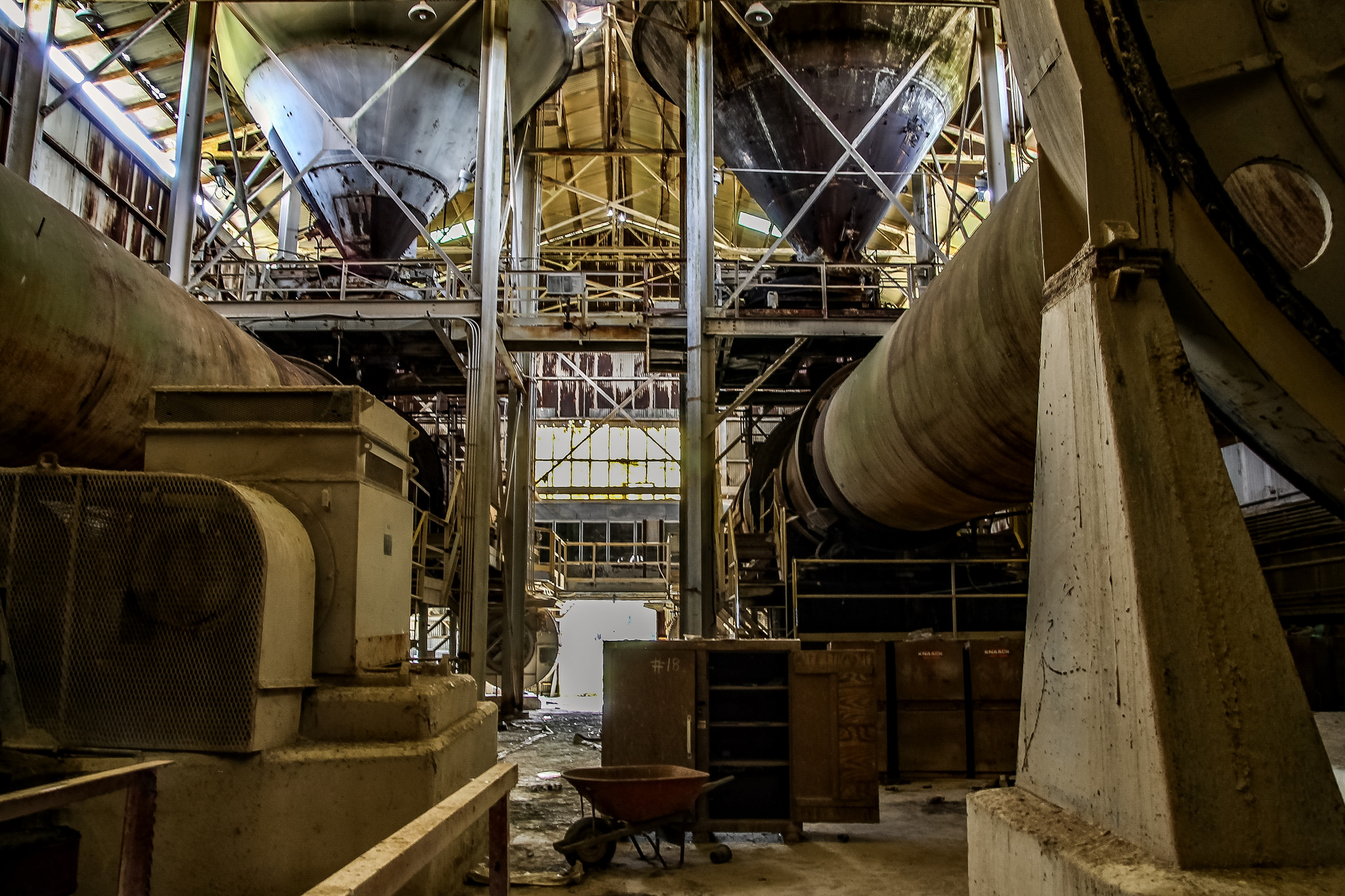
The demand for phosphate peaked in the 1980s. Over 14,000 employees were mining and processing phosphate across Bone Valley by 1985. By the late 1980s, foreign countries were investing heavily in mining production and their processing plants. The overseas plants sharply decreased their need to import phosphate from the United States, causing the processing plants in Bone Valley to become obsolete. By 1988, nearly every phosphate company across Bone Valley was experiencing layoffs and temporary closings. Many of the phosphate plants struggled through the 1990s and ultimately closed as the price of fertilizer decreased rapidly.



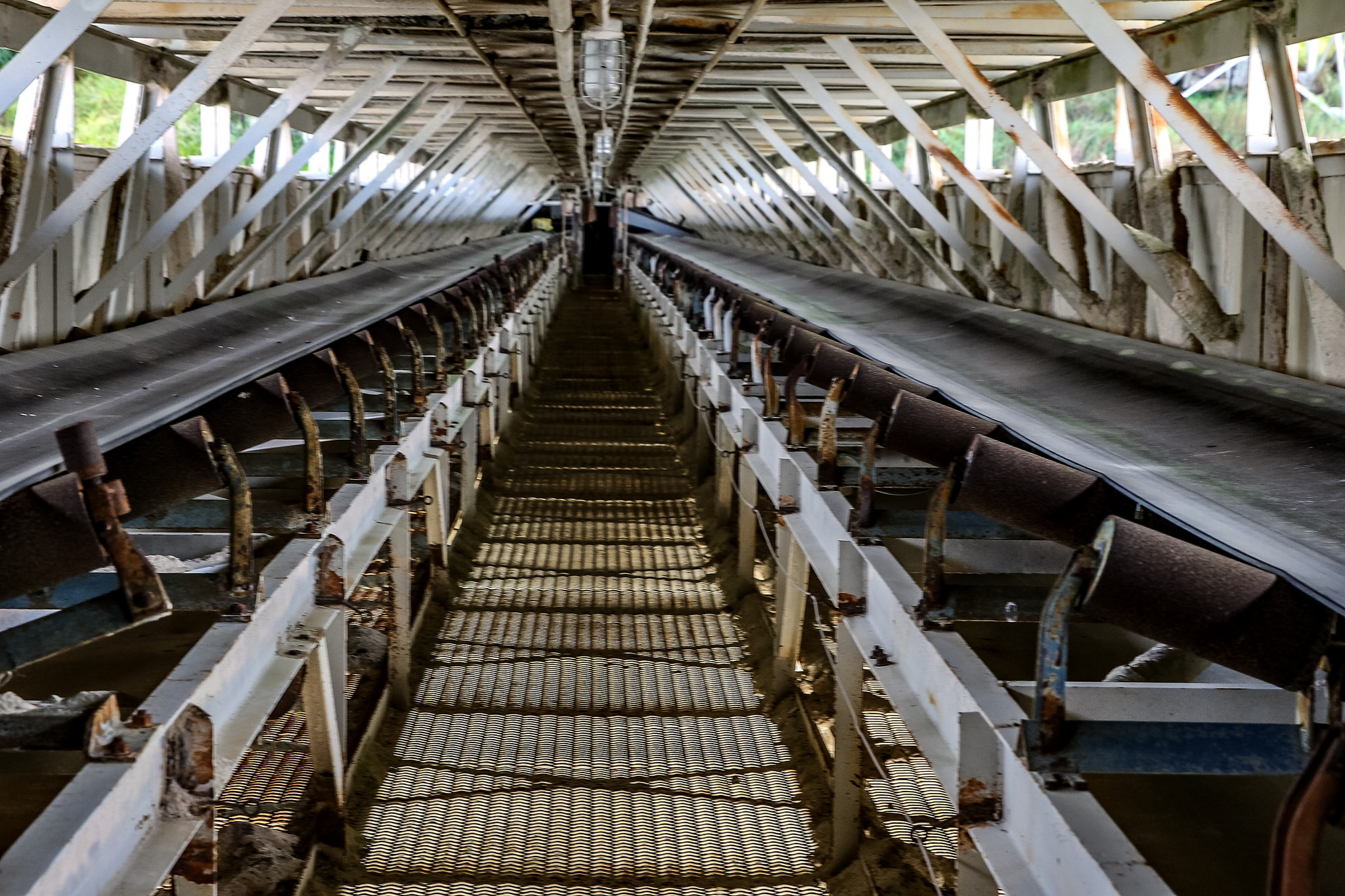

After closing, the property was purchased by a private owner at auction. According to the owner, since he bought the facility, the grounds have been a target for vandals and thieves. As much as $3 million worth of scrap metal was stolen from the abandoned plant. There are no plans for the facility at this time. The property remains private, and anyone caught on site will be considered trespassing.
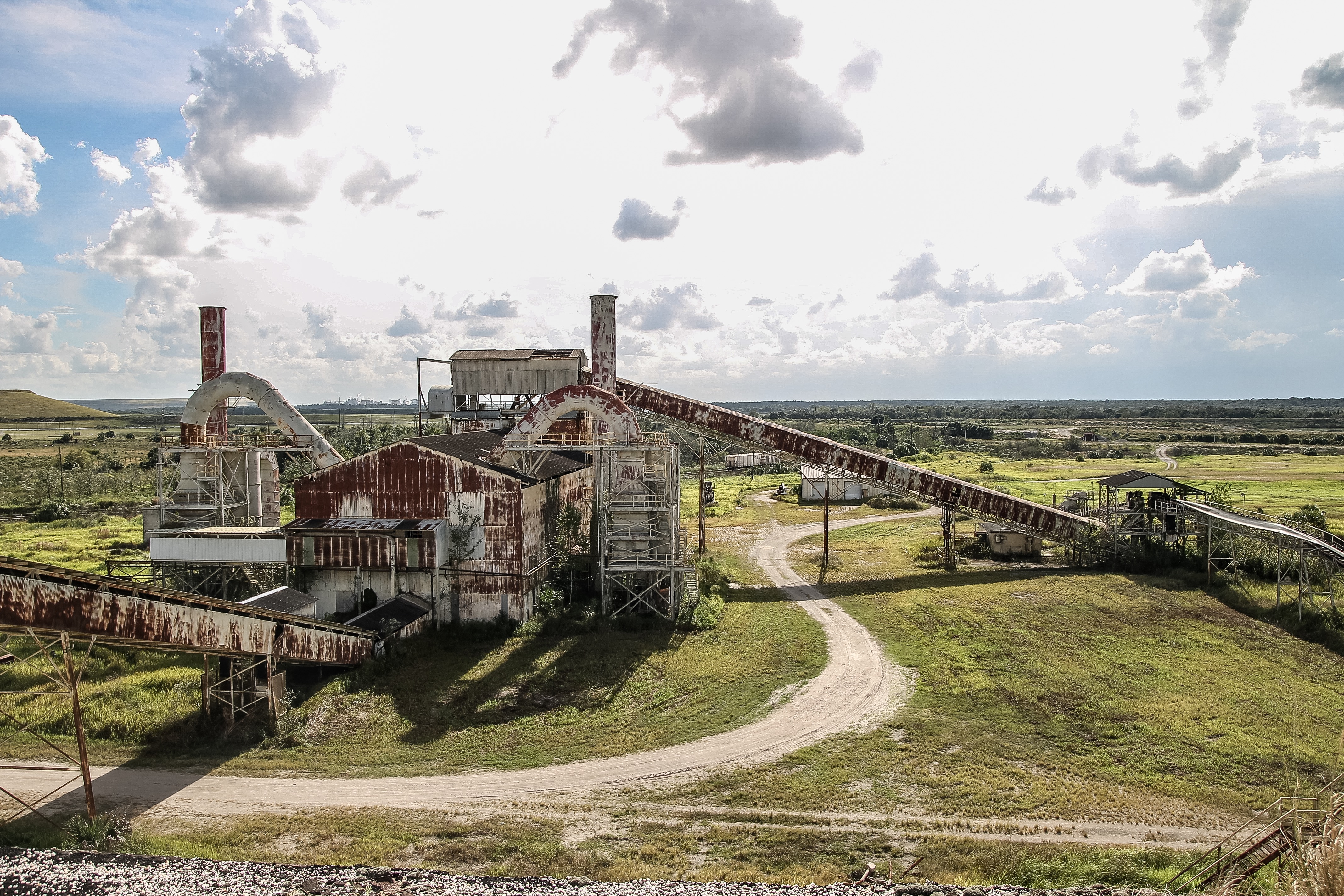
Thank you for reading. Please share the blog with your friends. I appreciate the support.
You can find me on Facebook, Instagram, and TikTok. For more abandoned places from across Florida as well as the Southeast, check out my photography books.


Beautiful Pictures!!
LikeLiked by 1 person
Amaxing alley
LikeLiked by 1 person
I assume you were not tresspassing. Did you arrange to go here before your visit? Great share of the history of the phosphate industry and this facility.
LikeLiked by 2 people
Nobody cares, we went out there with Geiger counters. They are not attempting to draw attention to this radioactive superfund site.
Watch our documentary, we don’t obtain this info “with permission.” And they don’t pursue legal action, because they have been busted.
Phosfatemovie.com
LikeLike
I will check it out.
LikeLike
If you would like to join us we are filming the second documentary. Maybe some of those images you took could be utilized also.
FYI- We have Phosfate uploaded to Tubi to view for free.
Please mail me directly.
garrett.ramy@gmail.com
LikeLike
Can tell you after trying to deal with the owner the legal way (asking for permission to enter the facility for photography) that they definitely had to trespass. The underlings were all extremely rude, and the owner wanted us to pay $4000 for the privilege of being let in.
LikeLike
Eerie and awesome!
LikeLiked by 2 people
Wow, living history.
LikeLiked by 2 people
Follow bck pls
LikeLiked by 1 person
Reblogged this on Tome and Tomb and commented:
I must explore this…
LikeLike
Another awesome post. As others have said, your in-depth history really brings the photos to life all the more.
LikeLiked by 1 person
I appreciate the kind remarks. Thank you!
LikeLike
The pictures are so awesome, and the idea of this blog is so great! Love it
LikeLiked by 1 person
Thank you!
LikeLike
The place looks massive. I continue to marvel how you find these places. You are preserving a lot of history at critical times. Kudos to your passion.
LikeLiked by 1 person
As I go through your posts, I am more and more in awe of your photography and historic research skills – this is a brilliant site! So glad I was searching through Janice’s old posts on Mostly Blogging and found it.
LikeLiked by 1 person
This is really amazing, and your beautiful photos and great background notes have given me some wonderful inspiration for the setting of the UAV (drone) race in the next chapter of my WIP, which I’m writing along with the Discovery Challenge (and is how I found you today). I will certainly pingback once the chapter is written, and I’ll encourage my followers to come here for the photos — thank you so much, I can’t wait to see more of your blog!
Jamie Lyn Weigt | Writing Dragons Blog
LikeLiked by 1 person
Who is the owner of this?
LikeLike
Thank you for the memories! Growing up in Polk Country and my Dad an engineer for Mobil, I could imagine him at at the control panel.
LikeLike
I’ve lived in Florida all my life and never heard of Bone Valley. You learn something new everyday.
LikeLiked by 1 person